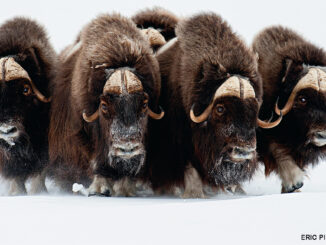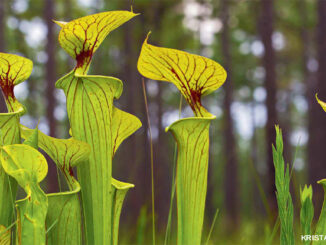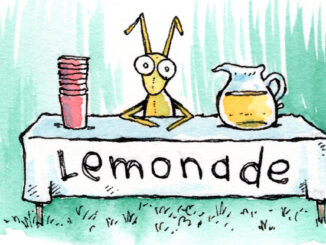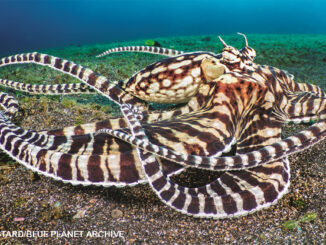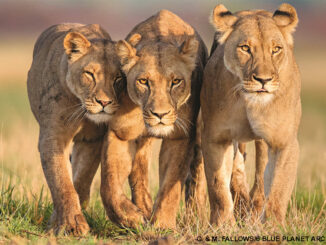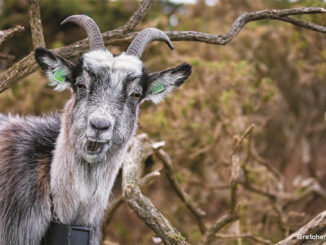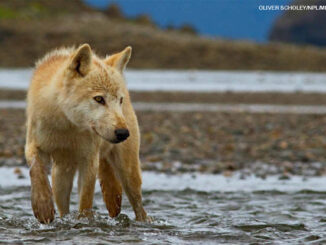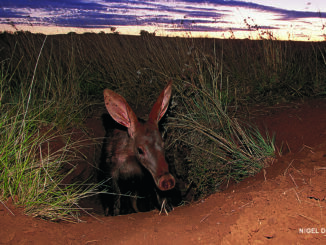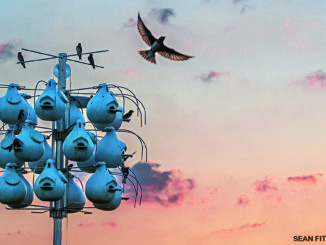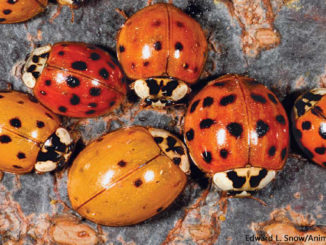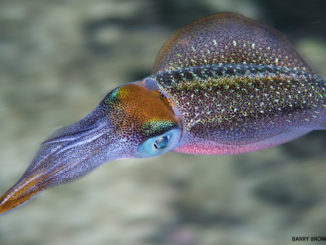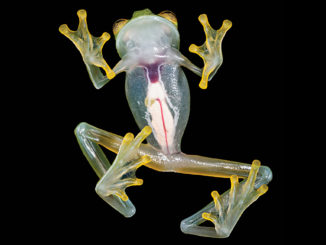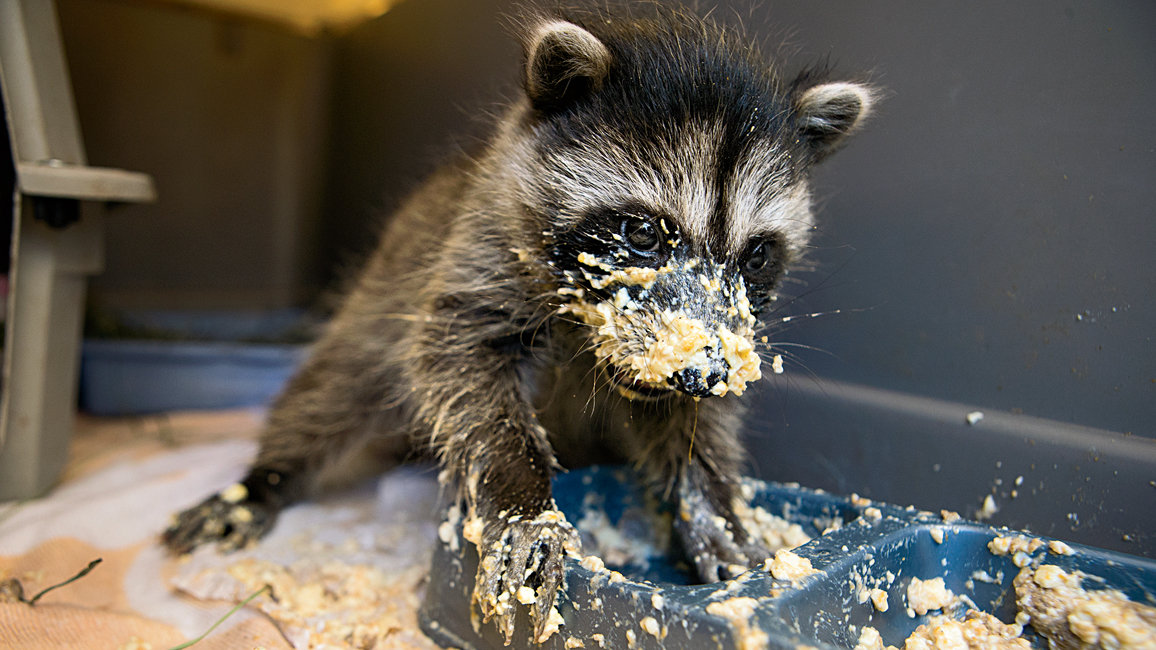
Raccoon Rescue
By Gerry Bishop; photos by Suzi EszterhasWild baby raccoons usually get all the care they need from their mom. But if things go wrong, expert help may be just around the corner!
It can happen anytime, anywhere. A baby raccoon somehow loses its mom—its only caretaker—and suddenly it is left to fend for itself. If the baby (called a kit) doesn’t get help soon, it surely will die.
But some orphaned kits are lucky. Someone discovers them and takes them to an animal rescue center. And for orphaned animals of any kind found in and around San Rafael, California, WildCare is the rescue center to end up in.
First Things First
When a baby animal is brought to WildCare, experts check it over carefully. Is it sick? Injured? Or just hungry and thirsty? If the baby happens to be a raccoon, and gets a clean bill of health, off it goes to a nearby foster home. Here, a volunteer’s first job is to teach the little one to drink from a bottle. Between feedings, the caretaker keeps the kit calm by letting it suck on a pacifier. A bed of snuggly blankets can help the kit feel safe, too!
A Challenging Job
Caring for a baby raccoon is much harder than you might think. It may need feeding every four hours, around the clock. And after each bottle, it needs to be burped—just as a human baby does. So the volunteers who agree to become foster parents are real wildlife heroes!
Foster parents need special training—and permits—to keep and care for raccoon orphans. They become experts at what they do, and the kits they take into their homes get the very best care.
More Checkups
Every week, though, a baby raccoon needs to go back to WildCare for a “well baby” checkup. And while there, it may also get shots to protect it from diseases. Then back to its foster home it will go.
On to Solid Food
When a baby raccoon reaches the age of five or six weeks, it’s time for it to try solid food. Usually this is egg mixed with formula. A little raccoon isn’t always pleased with the taste of solid food, or with the challenge of eating it! But the kit quickly adjusts.
Backyard Time
At eight weeks, orphan kits are ready to do some backyard exploring. At first, they follow their caretaker’s every step—just as they would their real mom’s. But the kits quickly learn to get around on their own, and even to climb trees.
Rough-house play becomes a big part of their day, too. Raccoons of this age start to rely on each other for friendship and comfort. That’s all part of learning to behave as wild raccoons—not as pets.
More Wild Training
Soon it’s time for the kits to learn what a wild raccoon eats—and where and how to find it. Their foster parent hides pieces of meat and fruit for the kits to find. The kits also learn how to hunt for small creatures in water and on land.
At 12 weeks of age, the kits are taken from their foster homes back to WildCare. Here, they live in a large outdoor enclosure where they hardly ever see people. The goal is to allow them to become as much like wild raccoons as possible.
Time to Be Free
Raccoons that have reached a weight of six pounds are big enough to live on their own in the wild. So they’re loaded into pet carriers and taken to a place where they’ll be freed.
But not just any place will do. The kits have to be released close to where they were found as orphans. There has to be a stream nearby. And it has to be far away from roads and people. Once helpless little orphans, these raccoons are now ready to live like any other creatures of the wild.
“Raccoon Rescue” originally appeared in the October 2014 issue of Ranger Rick magazine.
(Click on each image above for a closer view of the story.)






